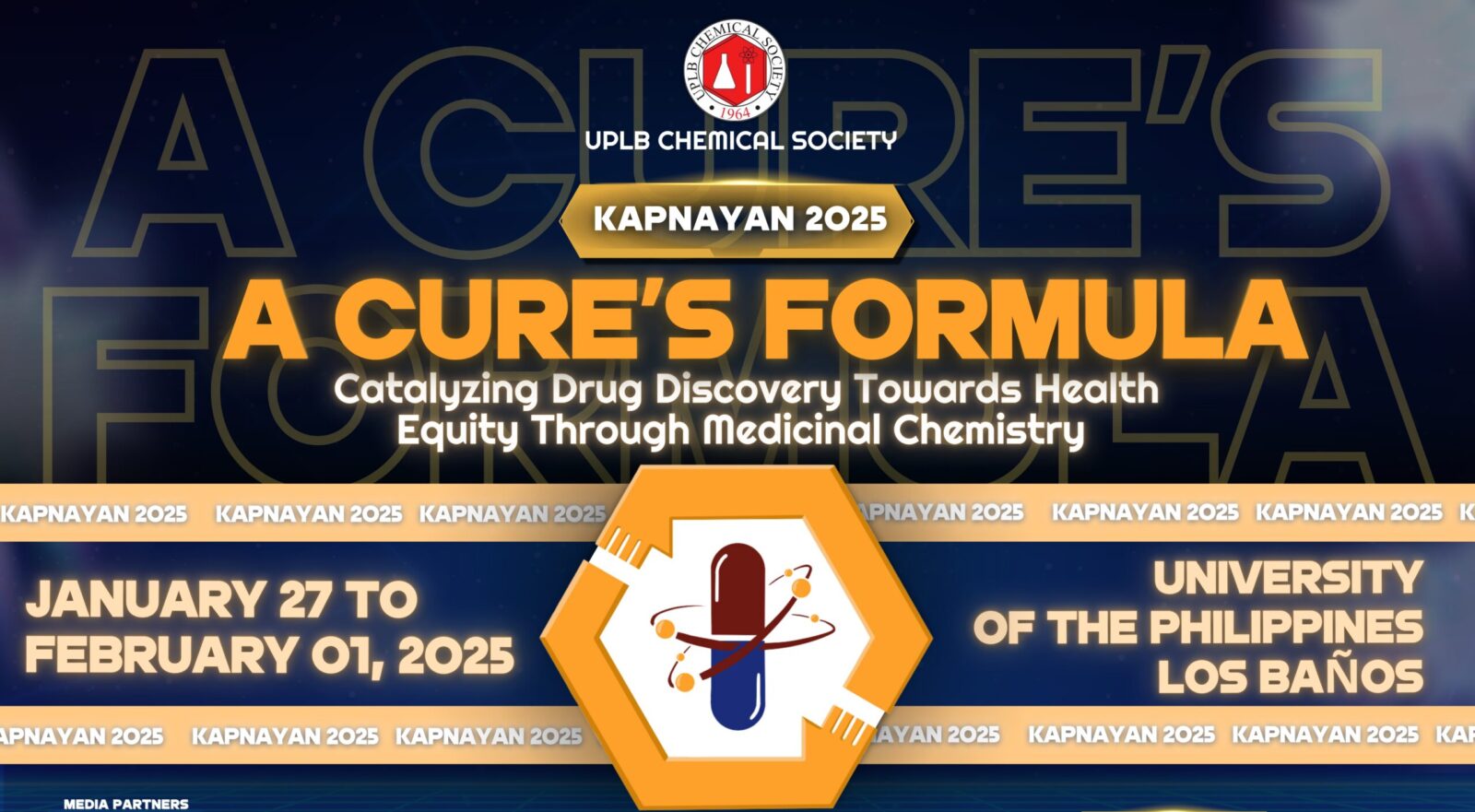After two decades of scientific research and testing, French pharmaceutical giant Sanofi Pasteur, Inc. made significant headway in global efforts to fight dengue when it launched its Dengvaxia vaccine. The Philippine Food and Drug Administration (FDA) authorized the marketing of the vaccine in December 2015, making the Philippines the first Asian country to approve its licensing.
Reaching Philippine shores in February 2016 via the distribution facility of the Zuellig Pharma Corporation, the vaccine was hailed as the first vaccine in the world against dengue fever, a deadly — but now preventable — mosquito-borne tropical illness.
Feverish efforts
In the Philippines, the onset of the rainy season also signals the time when dengue cases peak. The country recorded the highest incidence of the mosquito-borne disease in the Western Pacific region from 2013 to 2015, with 2015 alone registering a total of 200,415 cases nationwide, according to the Department of Health (DOH). In the first quarter of this year, 24,958 dengue cases were already reported nationwide.
In a press conference with the DOH in April 2016, the World Health Organization (WHO) country representative said that in the absence of recommendations from its Strategic Advisory Group of Experts (SAGE) on Immunization, the global organization is maintaining a neutral stance — that WHO could not speak for or against the vaccine at that time.
Amidst questions about its safety and effectiveness (as well as criticisms about the government’s rushed implementation and budget), the DOH began administering the dengue vaccine to schoolchildren aged nine and older at a public school in Marikina in April 2016.
The government’s health department, having allocated P3.5 billion to purchase the dengue vaccine (retailing at P4,000), was targeting the vaccination of about a million children belonging to the same age group from public schools in Metro Manila, Calabarzon and Central Luzon. These were identified as the regions with the “highest burden” of dengue. The vaccine was to be administered in three shots at six-month intervals.
On 29 July 2016, WHO, through its advisory group SAGE, finally released its recommendation to the relief of early advocates of the vaccination program. In a position paper published in the Weekly Epidemiological Record, WHO recommended that countries “should consider introduction of the dengue vaccine CYD-TDV or Dengvaxia only in geographic settings where epidemiological data indicate a high burden of disease.”
Out for blood?
A year after, controversy continues to hound the dengue vaccine.
In May this year, the FDA ordered a pharmaceutical company and a drug store chain to stop conducting unauthorized community-based immunization activities because such could pose “a potential health hazard to the consuming public.”
The doubts persist: Is the vaccine safe? Does it work at all? Or is the public being taken for a ride by the government and the pharmaceutical companies?
Sanofi insists that Dengvaxia underwent two decades of scientific innovation, collaboration, and research from 25 clinical studies conducted in 15 countries around the world.
Over 40,000 volunteers participated in the three-phase dengue vaccine development program, with 29,000 volunteers receiving the vaccine. The Philippines participated in all three phases of the clinical tests for the vaccine.
The vaccine’s efficacy and longer-term safety analyses in the study population of 9-16 years of age were documented in The New England Journal of Medicine, published online on 27 July 2015.
In the efficacy and safety profile pooled from the 25 months of follow-up of Phase III efficacy studies, Dengvaxia was shown to reduce dengue fever due to all four serotypes in two-thirds of the participants and prevent 8 out of 10 hospitalizations and up to 93% of severe dengue cases.
In a statement, Elias Zerhouni, MD, Sanofi’s president of global R&D based in France, welcomed the published recommendation from WHO and SAGE regarding the vaccine.
“These recommendations further validate the scientific and medical value of Dengvaxia and send a clear message to endemic countries about the strong public health benefit to be gained by introducing the dengue vaccine in integrated disease management efforts to combat their dengue burden.”
Red alert
Dengue remains a public health priority and a safe and effective vaccine is urgently needed to help stem the global epidemic.
“Vaccine development has made remarkable progress in recent years,” according to WHO, “and the current dengue vaccine pipeline is advanced, diverse and overall promising.”
Dengvaxia already blazed the trail, and there are approximately five additional vaccine candidates still being evaluated in clinical trials.
WHO stresses that the administration of the dengue vaccine is to be an integrated part of a comprehensive dengue control strategy, which includes “well-executed and sustained vector control, evidence-based best practices for clinical care for all patients with dengue illness and strong dengue surveillance.”
Through an integrated, well planned and implemented global dengue prevention and control strategy, WHO is on its way to reduce the disease’s morbidity by 25% and mortality by 50% by 2020.
Now, as to whether or not the vaccine will work in solving the epidemic? It is evident that the vaccine alone won’t be enough. — MF
Author: Faye de Jesus
Faye de Jesus is a freelance writer and communications specialist with over 15 years of experience in corporate messaging and branding, PR, media and stakeholder relations. She volunteers for education- and learning-centered projects and likes sharing her love for books, reading, and learning with children.










